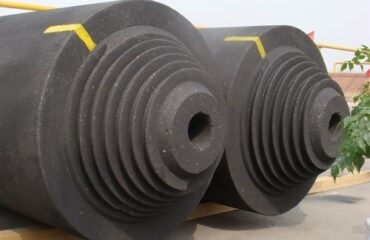In recent years, with the rapid development of the mold industry, graphite materials, new processes and increasing mold factories continue to impact the mold market. Graphite has gradually become the preferred material for mold making due to its good physical and chemical properties. Definition of graphite mould: mould is the basic process equipment widely used in industrial production, and mould industry is the basic industry of national economy. In modern industrial production, stamping, forging, die-casting, extrusion, plastic injection or other forming processing methods are widely used for product parts, which are matched with the forming die, so that the blank can be formed to meet the product requirements. All kinds of tools and products we use in our daily production and life, ranging from the base of machine tool and the shell of fuselage to the shell of a head screw, button and various household appliances, are closely related to the mold. The shape of the mold determines the shape of these products, and the processing quality and precision of the mold also determine the quality of these products. In recent years, with the rapid development of mold industry, graphite materials, new processes and increasing mold factories continue to impact the mold market. Graphite has gradually become the preferred material for mold making due to its good physical and chemical properties. Excellent performance of graphite mold: 1. Excellent thermal conductivity and conductivity; 2. Good thermal stability and thermal shock resistance due to low linear expansion coefficient 3. Chemical corrosion resistance is not easy to react with most metals. 4. The strength increases with the increase of temperature at high temperature (above 800 ℃) 5. It has good lubrication and wear resistance. 6. It is easy to process and has good machining performance. It can be made into a mold with complex shape and high precision.

